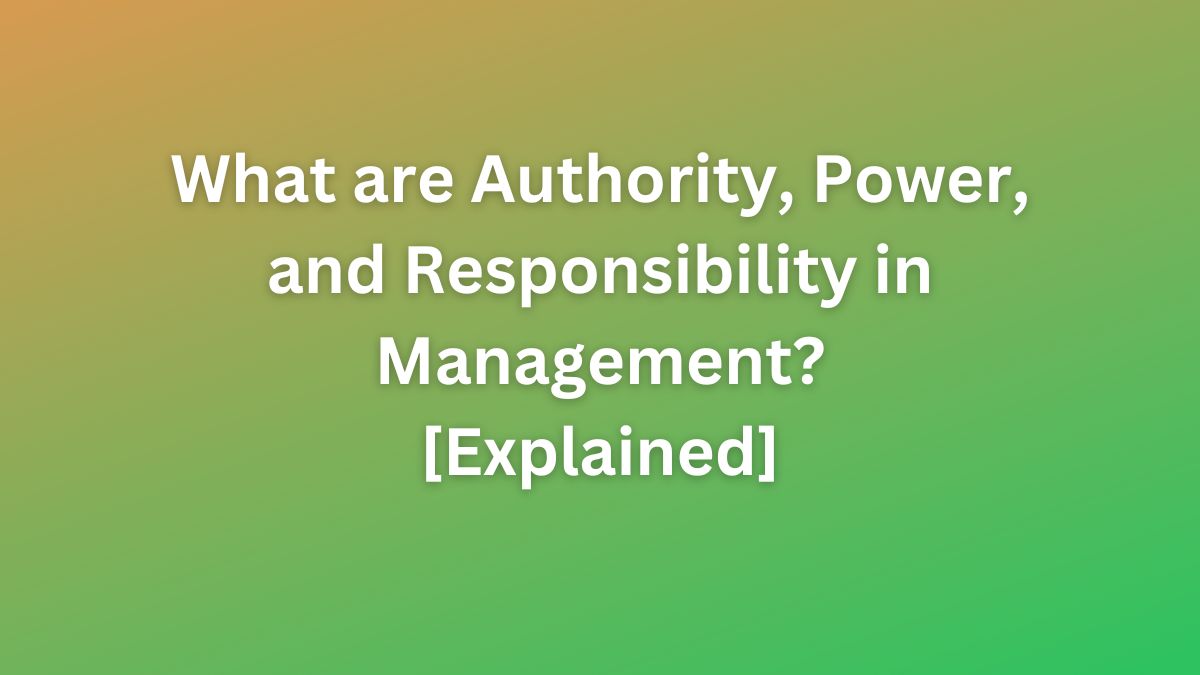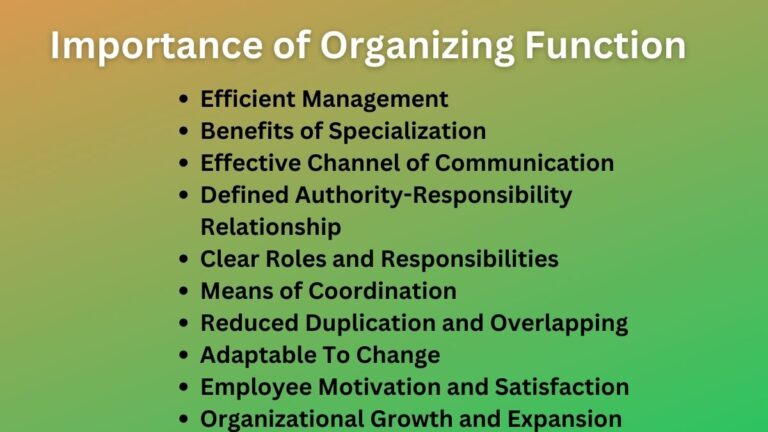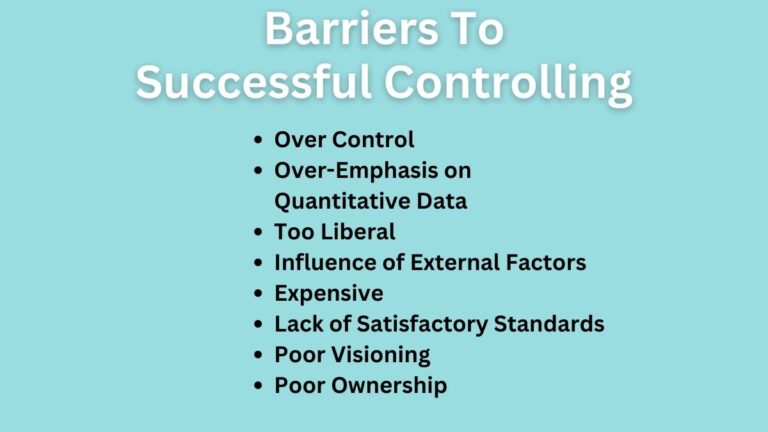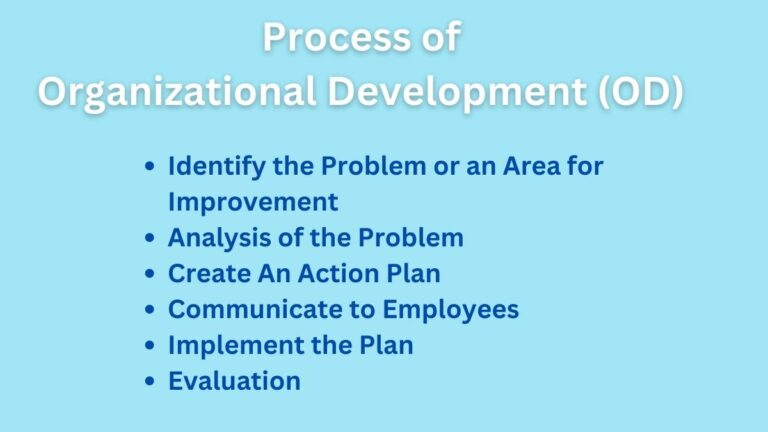What are Authority, Power, and Responsibility in Management? [Explained]
Concept of Authority, Power, and Responsibility
Though authority, power, and responsibility come simultaneously, however, they are different things in the organizational structure. A proper balance between them is necessary to conduct organizational activities peacefully and effectively and efficiently to achieve desired goals.
Let’s discuss individually what actually are power, authority, and responsibility.
What is Authority?
Authority is the right vested in the managerial position. It facilitates the manager to occupy a managerial position to direct subordinates. It is also a right to make decisions and use resources to achieve organizational goals.
From the highest level to the lowest level, authority is arranged in a hierarchy. On the basis of responsibility, supervisors may transfer some of their authority to lower levels.
Managers must have sufficient authority and the desired level of responsibility. When exercising their authority, managers must take into account the organization’s policies, rules, and procedures.
Some common features of authority are mentioned below:
- Authority lies in managerial positions.
- It is hierarchal in nature.
- It defines the superior-subordinate relationship.
- It is a means of a managerial job.
- Managers need to consider legal, social, and organizational limitations for using authority.
Also Read: 8 Key Differences Between Authority and Responsibility
Types of Authority
The following are the three common types of authority in management.
- Line Authority – Line authority gives the right to direct the work of subordinates and make decisions without consulting others. Line managers are always in charge of essential activities and they are authorized to issue orders to subordinates down the chain of command. For example, it gives a production supervisor the right to direct employees to operate the machine.
- Staff Authority – It is the right to advise or counsel line authority. Staff authority supports the line authority by advising, servicing, and assisting. They can give advice and suggestions, but line managers do not have to be obeyed. Staff authorities can only advise line personnel to improve line operations.
- Functional Authority – It is referred to as limited line authority. It gives power to staff assistants over a particular function. Functional authority is a special type of authority for staff personnel, which is designed by top management.
What is Power?
Power is the ability to command subordinates and influence their behavior in accordance with requirements.
Simultaneous use of the term power and authority in the workplace is common but the main difference between them is that power is more personal and can not be delegated whereas authority can be.
Power rests with the person and their capability. It is the outcome of the personality and competency of a person. It is informal in nature. It does not form a hierarchy like the authority does.
A manager working at a subordinate level may have more power over his subordinates than a manager at a higher level. Power yields result through the process of charisma and influence. Since power is a personalized attribute, it can not be delegated to others.
Also Read: 8 Key Differences Between Power and Authority
The following are the common features of power.
- Power is informal in nature.
- It is the ability to command and influence subordinates’ behavior.
- It is the result of personality and competency.
- It does not form a hierarchy.
- It rests with the individual person.
- It is a personalized aspect, therefore, it is non-delegative in nature.
What is Responsibility?
Responsibility is the duty of the subordinates to perform for the organizational purpose. It is a set of tasks, functions, or activities assigned to the employee to accomplish as a position holder.
Responsibility is fixed with the position as the position holder becomes obliged to accomplish. Responsibility should go side by side with authority. This means, that to accomplish the responsibility in a proper way, there must be an appropriate level of authority. Responsibility can not be delegated to others.
Related: Authority and Responsibility Principles of Management
In general, responsibility is the work or duties assigned to a person by virtue of position in the organization. It could be mental and physical activities that must be performed to carry out a task or duty. That means every person who performs any kind of mental or physical effort as an assigned task has responsibility.
It may be continuing obligation or it may be discharged by accomplishing a single task. Responsibility flows from a subordinate to a superior.
Common features of responsibility include:
- Responsibility comes from a superior-subordinate relationship. It is gradually shifted from the lower level to the upper level but in a scalar chain.
- It can not be delegated to others.
- It is an obligation to perform the jobs.
- It can only be assigned to human beings.
- It makes the person accountable for the performance of assigned duties.
- Responsibility comes with authority in a scalar chain.
Read Next: Organizing in Management
Sajan Kushmi is a content writer with more than 4 years of experience. He holds BIM Degree. He write on the topics related to Management, Marketing, and Entrepreneurship.






